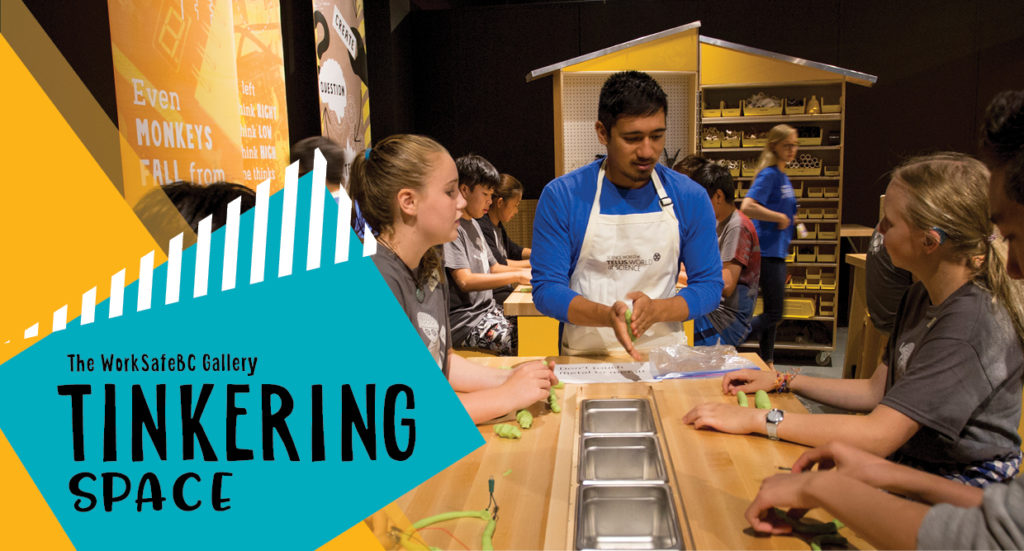Objectives
-
Generally describe the characteristics of an elastic material.
-
Explain that energy is not created or destroyed, but rather converted from one form to another.
-
Give examples that demonstrate when potential energy is converted into kinetic energy.
-
Evaluate the elasticity of different materials based on their “bounce-back” height.
-
Create a simple toy that uses stored elastic energy in order to move.
Materials
Background
Energy is a property of all matter, but what is it?
Physicists define energy as “the ability to do work” (work = force x distance), but it can be defined simply as the “ability to cause change” or the “invisible stuff needed to make things happen.”
Energy gives us the ability to do things, such as climb a mountain, play soccer, and even think. Every time you see something move energy is being used. You know that energy exists because you can see or feel what it does in one of its many forms.
To find energy, look for:
- motion
- heat
- light
- sound
- chemical reactions
- electricity.
While exploring elastics and the amazing things they can do, your students will be learning about kinetic and potential energy.
Kinetic energy is the energy of motion, that is, the energy that all moving objects possess. Kinetic energy is easy to see in the motions of the objects all around us.
Potential energy, is difficult to see. It is the energy that something has, just because of its position. For example, if we lift an object up against the pull of gravity, it has potential energy because it can fall and “make things happen”.
Energy cannot be created or destroyed, but it can be changed from one form to another.
When you turn on a flashlight, chemical potential energy is converted into light energy*. In the case of an elastic or spring, you physically pull or push to convert kinetic (movement) energy into elastic potential energy. The more force you apply to it, the more potential energy is stored, and the more kinetic energy it will produce when you let it go!
*Teacher’s Note:
When energy is converted from one form to another there will always be other unintended conversions. A flashlight doesn’t just light up, it also gets hot! This means chemical potential energy was transformed both into light and heat energy. In fact it is very difficult to do any energy transformations with out converting some energy into heat, which leads people to say that ‘energy is lost to heat’. When people say energy has been ‘lost’ they really mean there was an unintended conversion.
Vocabulary
energy: The ability to do work.
work: A measure of when force is applied to an object and causes the object to move.
force: A push or a pull action.
potential energy: Energy “stored” in an object either due to its position (i.e. in relation to the ground) or condition (i.e. stretched or compressed in a spring or elastic band).
kinetic energy: The energy of a moving object. Potential energy is converted into kinetic energy when an object is acted upon by a force.
compression: Any force that is applied towards the centre of structural objects. This is an engineering term used to oppose tension.
tension: A force tending to stretch or elongate something. This is a term used in opposition to compression.
elasticity: The tendency of an object to return to its original shape after being stretched or compressed.
Other Resources
Science World | YouTube |Energy Transfer Through Momentum
Physics4Kids | Motion Basics

